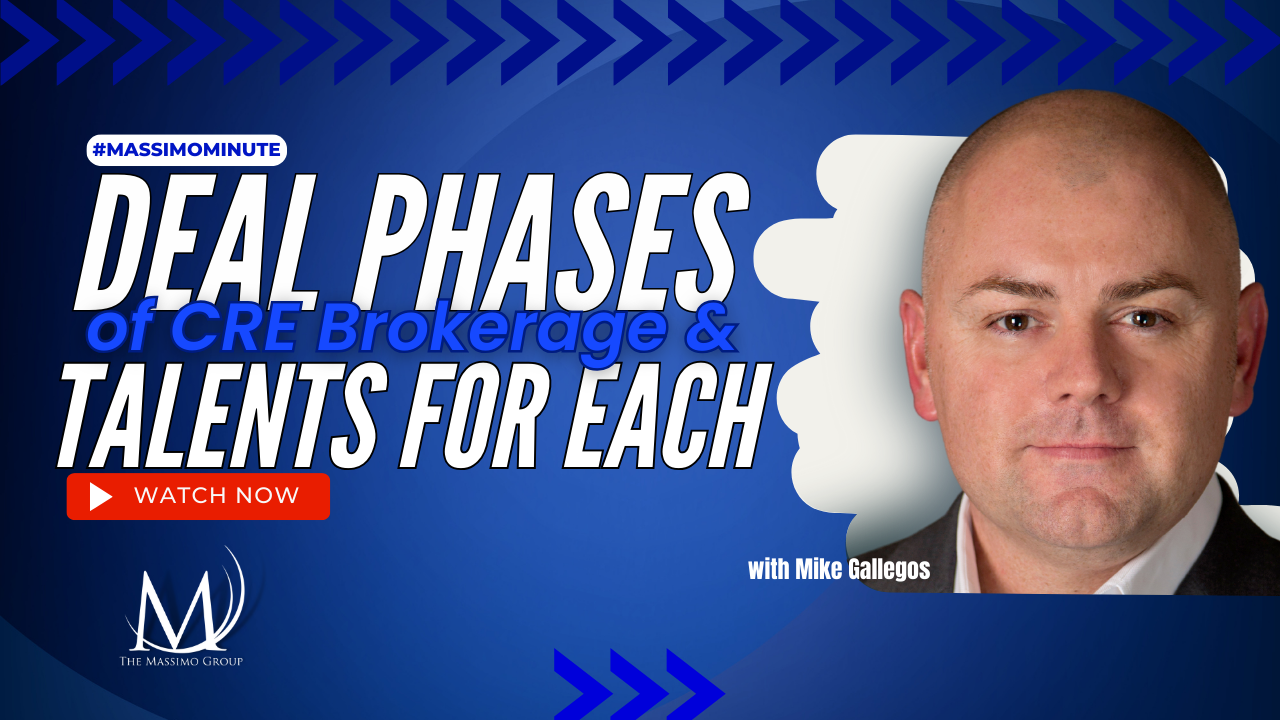When you’re looking at the price of a piece of commercial real estate, there are four basic property metrics that you can use to evaluate it. While the price per square foot metric is directly tied to the real estate, the other metrics – gross rent multiplier, cap rate, and cash-on-cash return — are tied to the income that it produces. Given that commercial real estate ownership is frequently just a means to the end of earning investment profit, these other three metrics are better representations of the property’s price.
4 Basic Metrics to Evaluate CRE Property
In this article:
Price per Square Foot / Unit

Calculated by dividing a property’s price by its total area or, in the case of multi-family or hospitality properties, by the number of units, this metric lets you compare your property to roughly similar but differently sized properties. The key limitation of this metric is that it does not take the property’s income into account and could lead to inappropriate comparisons. For instance, while a $70 per square foot building may seem like a great deal compared with a similar building priced at $100 per square foot, if the $100 building is occupied and the $70 is not, the more expensive building might actually be a better deal.
Gross Rent Multiplier
Calculated by dividing a property’s price by its annual gross rent or gross income, the GRM/GIM helps you judge what your client is paying for a property relative to its income. Because it excludes expenses from the equation, the GRM is useful when you are looking at a property where the expenses typically track incomes very closely.
Capitalization (Cap) Rate

Most investors use the cap rate to value and compare properties. Since cap rates come from dividing a property’s price into its Net Operating Income, which is its income after operating expenses, it looks at what really matters to most investors – the relative degree of the property’s profitability. Cap rates let you compare investment options on an apples-to-apples basis and determine if they can meet your client’s near-term unleveraged cash flow goals.
Cash-on-Cash Return
The cash-on-cash return is very similar to a cap rate but gets calculated on an after-leverage basis. Instead of dividing the property’s NOI by its price, divide its net cash flow after subtracting annual debt service by the down payment. This takes into account the contribution that the positive leverage available in many markets can make.
Taken together, these four metrics give you a sense of a property’s price relative to other properties, relative to its income, relative to its profit, and relative to the financing markets. What they fail to do is to project the property’s future prospects and how they will impact your client’s return. For that, you will need to use a more advanced set of metrics. IRR and NPV, anyone?
Get known, connect instantly, and win more business! In this webinar session, Bo Barron will show you how presence, a great value proposition, and a targeted prospecting campaign can grow your business without chaos! You can watch the webinar here.
Up Next: 8 Ways to be a Better Resource to Your Commercial Real Estate Clients
Editor’s Note – This post was originally published on September 22, 2016, and has been updated for quality and relevancy.





